|
Meet Jim Hollentein. RTA triathlon club member and super nice guy.
10 years ago a friend asked Jim if I wanted to do a triathlon. He had run a few 5k’s and done a couple mountain bike races so it sounded doable, but he needed to learn how to swim. Nearly EVERYONE looking to get into triathlon has to learn how to swim! The next day he went to the pool and couldn’t swim 25 yards. Following that first experience, he thought completing a triathlon was going to be IMPOSSIBLE. That’s when the triathlon journey began. Do you want to know how to become the very best triathlete you can possibly be? Being a successful triathlete can largely be attributed to your commitment and discipline as long as you’re doing the “right things,” that is.
Below, I’m going to save you YEARS of learning and “figuring things out” and tell you exactly what to do. Over the last 10 years of coaching, we have in fact learned a lot from our athletes. Everything I’m going to share with you is based on what we have seen the most successful people DO over the years. Run Webinar – Part 2 Please join us LIVE for coffee (virtually) on Tuesday, 7/28 @ 8:30am for Part 2 of our 2 part Running webinar series as we discuss how to “Run Mechanics for Speed & Injury Prevention.” This is perfect for total beginners and experienced runners alike. Free webinar
Did you know that you get stronger and fitter in periods of recovery?
Yes, it’s true. However, despite the fact that recovery is one of the biggest pieces to the the fitness puzzle, amateur athletes (runners, triathletes, cross fitters and everything in between) don’t take it very seriously. Next to quality sleep (the MOST important part of recovery), stretching should be incorporated into your daily and weekly routine. Below we will discuss why this is so important and also share a few of our favorite stretches for triathletes and runners. Making the Most of Training in the Open Water Following the initial thrill and uniqueness of swimming in the open water, the idea of simply putting your head down and swimming can become boring. And perhaps more importantly, doing this on a regular basis, won’t really aid in your training progression. Outside of pure enjoyment, it can become a waste of time.
Below, I’m going to offer 6 ways you can make the most of your time training in the open water. Are you just getting back into swimming and thinking of making your return to open water? Well, if you haven’t swam in a while, I definitely recommend getting in the pool first – before making a splash in the open water. This is mostly because the pool is a much more controlled environment. However, I realize this is not always possible.
Whether you are a little intimidated by swimming in the open water or if you simply haven’t been in the open water for a while, I’m going to start by offering steps to (re)acclimatize to the open water and then follow it up with additional ideas to consider whether you’re a total beginner or a more experienced triathlete. The Power of Indoor Riding If you’re a triathlete or cyclist, indoor riding on a bike trainer is a no brainer. This is especially true if you live in a place that it is difficult to ride outside year round AND you are training for something.
With the explosion of smart trainers and training environments like Zwift, Rouvy, The Sufferfest (and others) indoor riding has never been better. Even those who were completely against riding the trainer, now find it tolerable and in some cases fun. I’m not suggesting you ride inside all of the time, although some of the best professional IRONMAN athletes do, but I’d like to explain why at least occasionally it is a good idea. Unless you have unlimited time or don’t mind getting dropped on group rides or posting an embarrassing bike split, having a bike trainer is invaluable. Whether you already ride inside or can’t stomach the idea of it, there is absolutely a time and place for a bike trainer. Below I will discuss 6 reasons why indoor riding is a no brainer. |
Categories
All
Archives
July 2024
|
RTA TriathlonRTA is a comprehensive triathlon coaching organization and fully supported USAT sanctioned triathlon club.
We are based in Ridgewood, NJ and coach triathletes of all abilities from across the country. Our mission is to make you a better triathlete. Contact us when you're ready to take your "game" to the next level. |
|
|
Quick Links |
Let's get social
RTA Triathlon
Copyright © 2022
Copyright © 2022

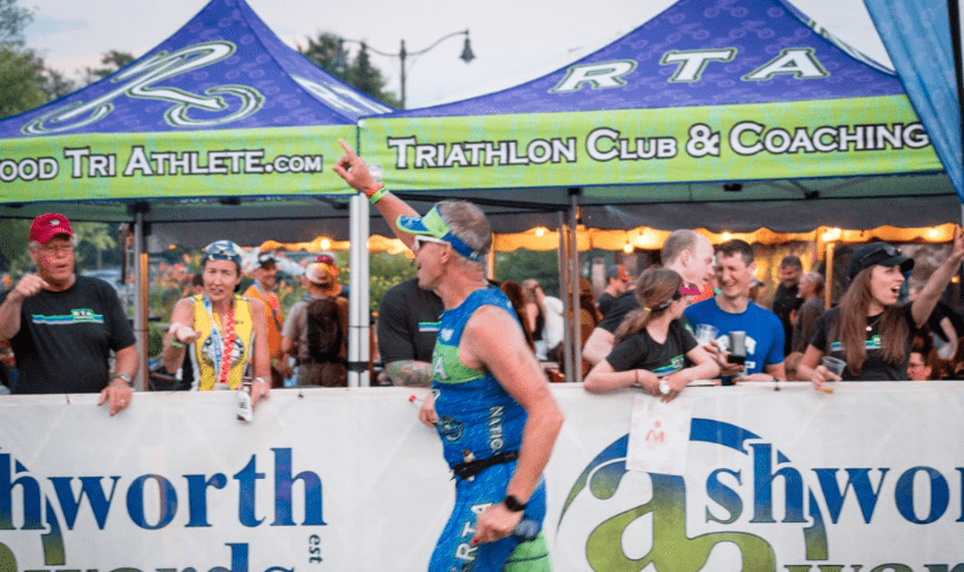
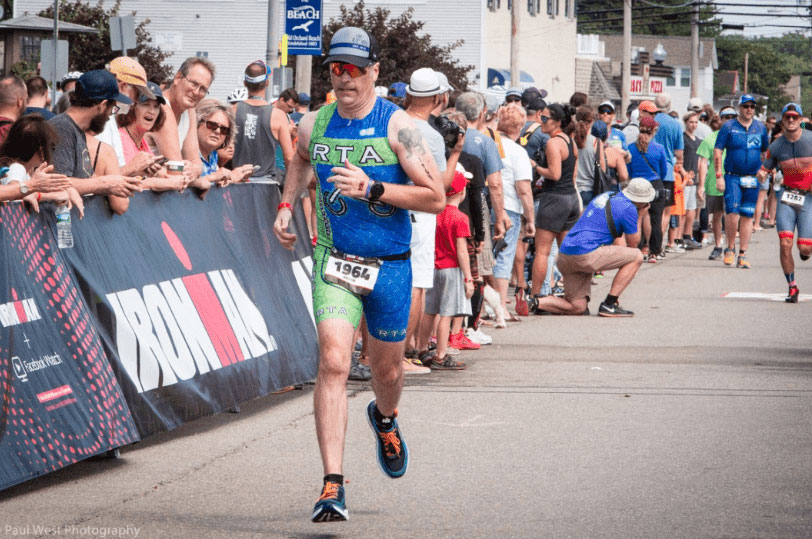

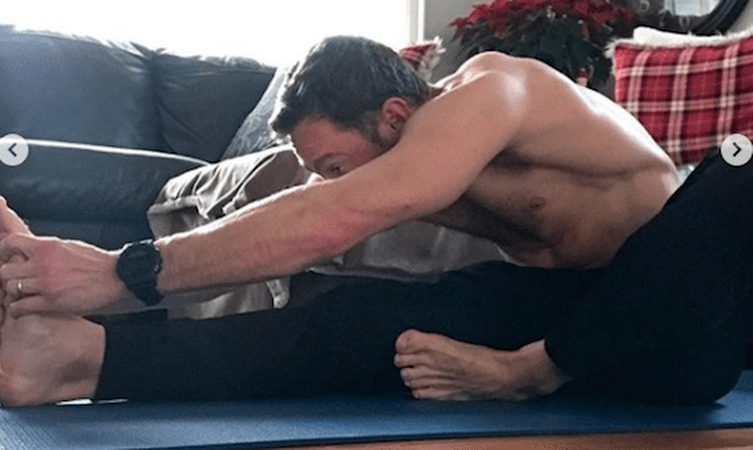

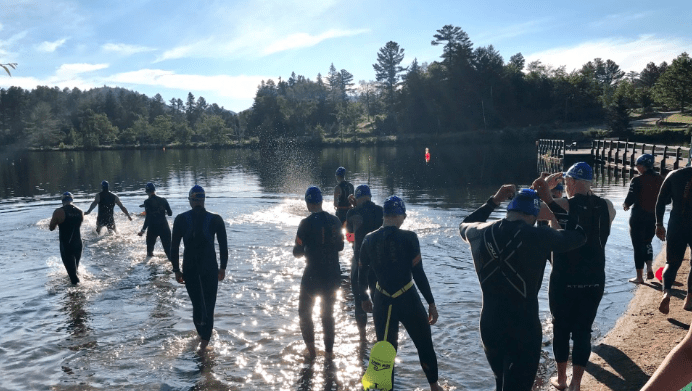
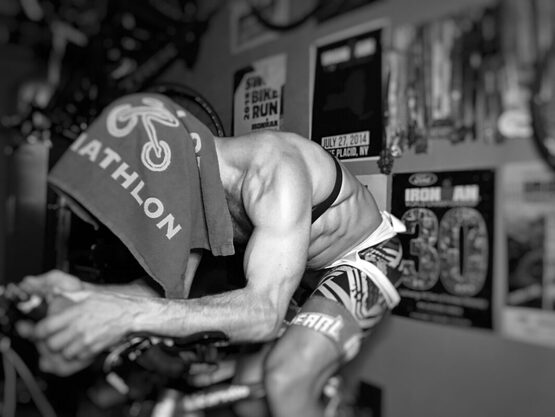
 RSS Feed
RSS Feed
